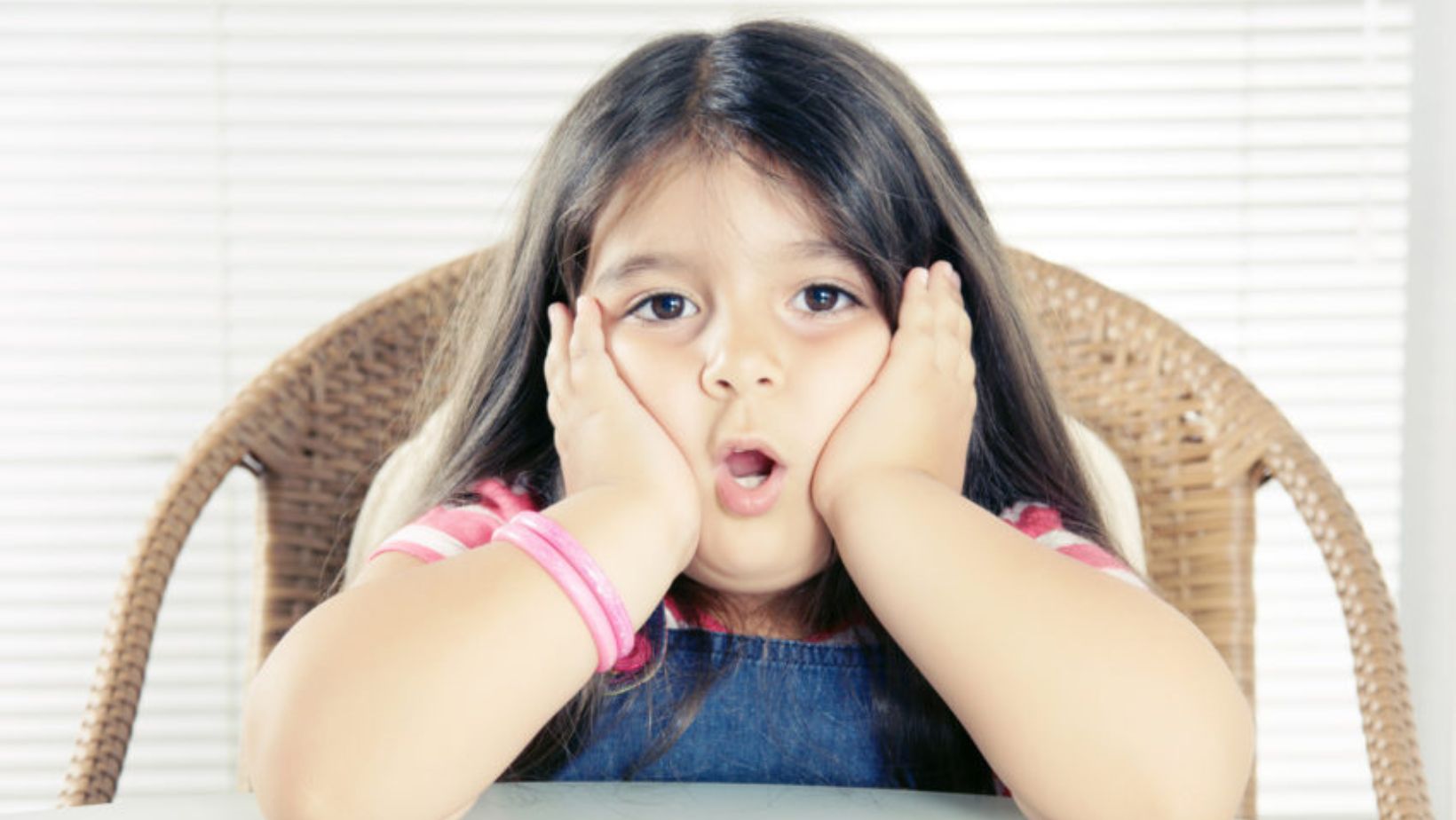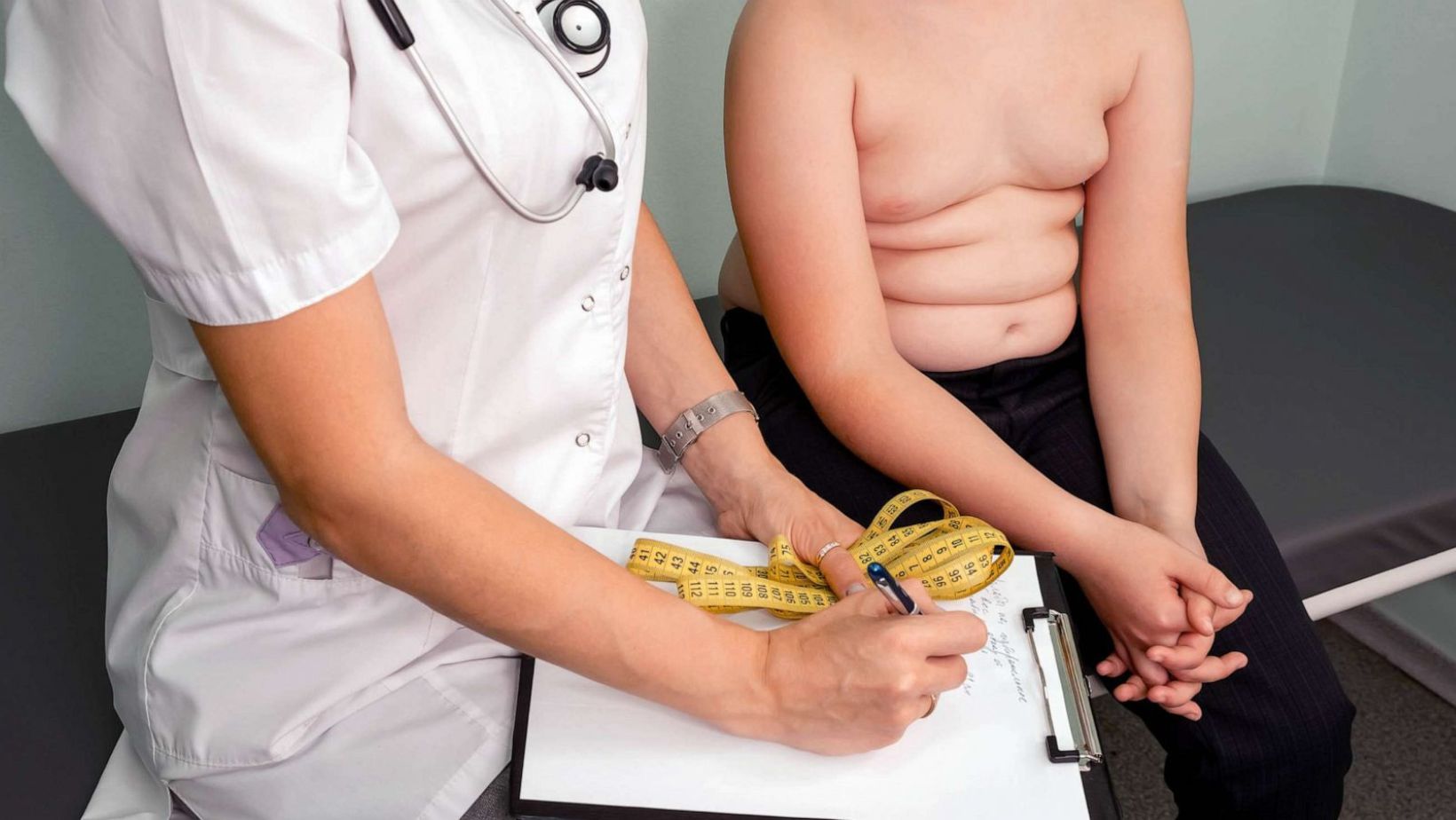Let’s talk about something big— childhood obesity. It’s a growing issue, with about 1 in 5 kids in the U.S. affected, and it’s not just about weight. We’re talking about increased risks for diabetes, high blood pressure, asthma, and even mental health struggles like anxiety and depression. For years, the go-to method for tackling this problem has been family-based behavioral treatment (FBT). It’s a well-established approach where healthcare providers work directly with families to encourage healthier eating, boost physical activity, and teach essential behavioral skills. The problem? Traditional FBT is expensive, time-consuming, and not always accessible to families who need it most.
A More Flexible Approach to Treating Childhood Obesity

But here’s the game-changer: researchers at UC San Diego’s Center for Healthy Eating and Activity Research (CHEAR) have found that a self-guided version of FBT works just as well as the traditional, clinician-led model. And the best part? It’s more flexible, takes up far less time, and costs significantly less.
Self-Guided Treatment That Works

So, how does it work? Instead of weekly, hour-long group sessions for kids and parents—plus biweekly meetings with a provider—self-guided FBT trims things down to just 20-minute biweekly check-ins, with families working through educational materials independently in between sessions. To see how well this model compares, researchers followed 150 parent-child pairs over an 18-month period. The results? Kids in the self-guided program lost just as much weight as those in traditional FBT, but with a fraction of the provider contact time—just 5.3 hours versus 23 hours.
A More Affordable and Accessible Solution

And let’s talk about cost, because this is a huge deal. Traditional FBT runs about $2,775 per family. The self-guided version? Just $1,498. That’s nearly half the price, making it far more accessible to families who might not otherwise be able to afford treatment.
Dr. Kerri Boutelle, the study’s senior author, put it simply: “We’re finding that the most important thing is working with parents, which can be done without a trained clinician.” In other words, more expensive treatment doesn’t necessarily mean better results—what really matters is empowering parents with the right tools and support.
With childhood obesity rates as high as they are, solutions like this couldn’t come at a better time. Making effective treatment more affordable and flexible means more families can get the help they need, without the barriers of cost and scheduling. And in the fight against childhood obesity, that’s a major win.
University of California – San Diego. “Guided self-help makes treating children with obesity easier and more affordable.” ScienceDaily. ScienceDaily, 29 January 2025. <www.sciencedaily.com/releases/2025/01/250129115348.htm>.

